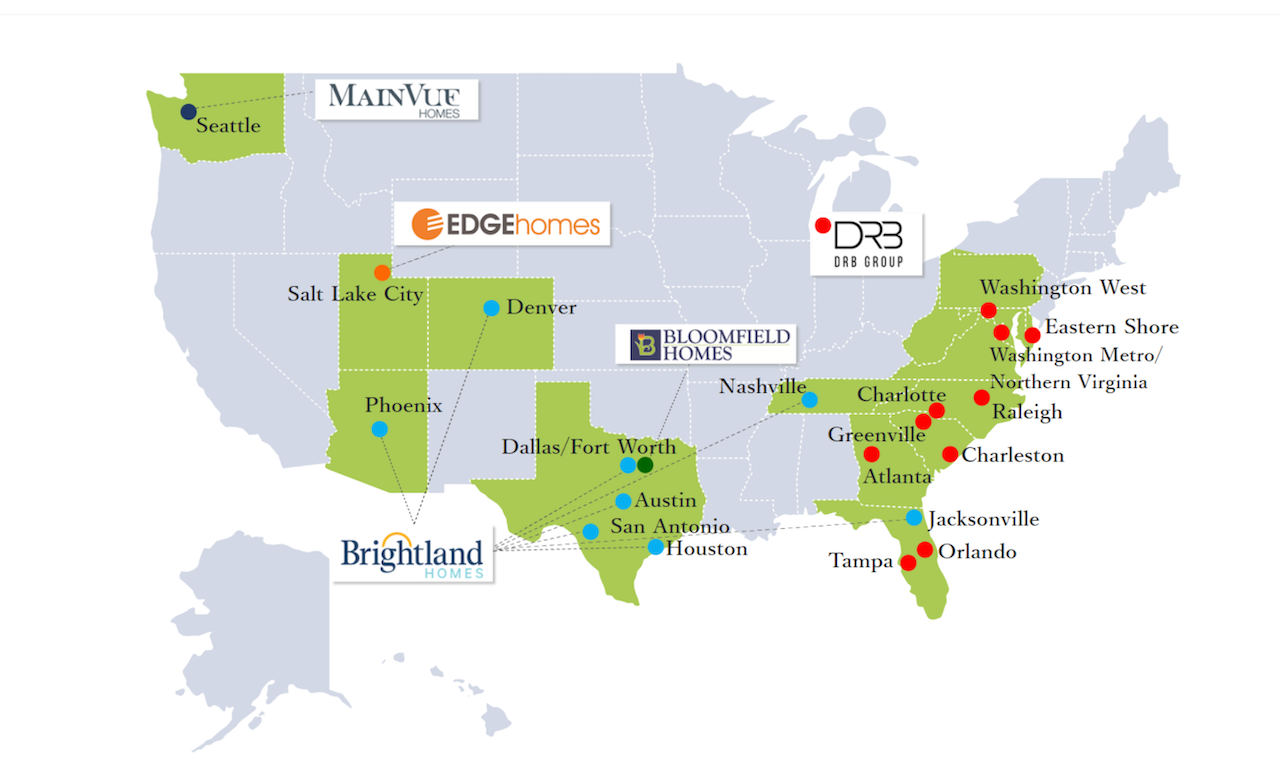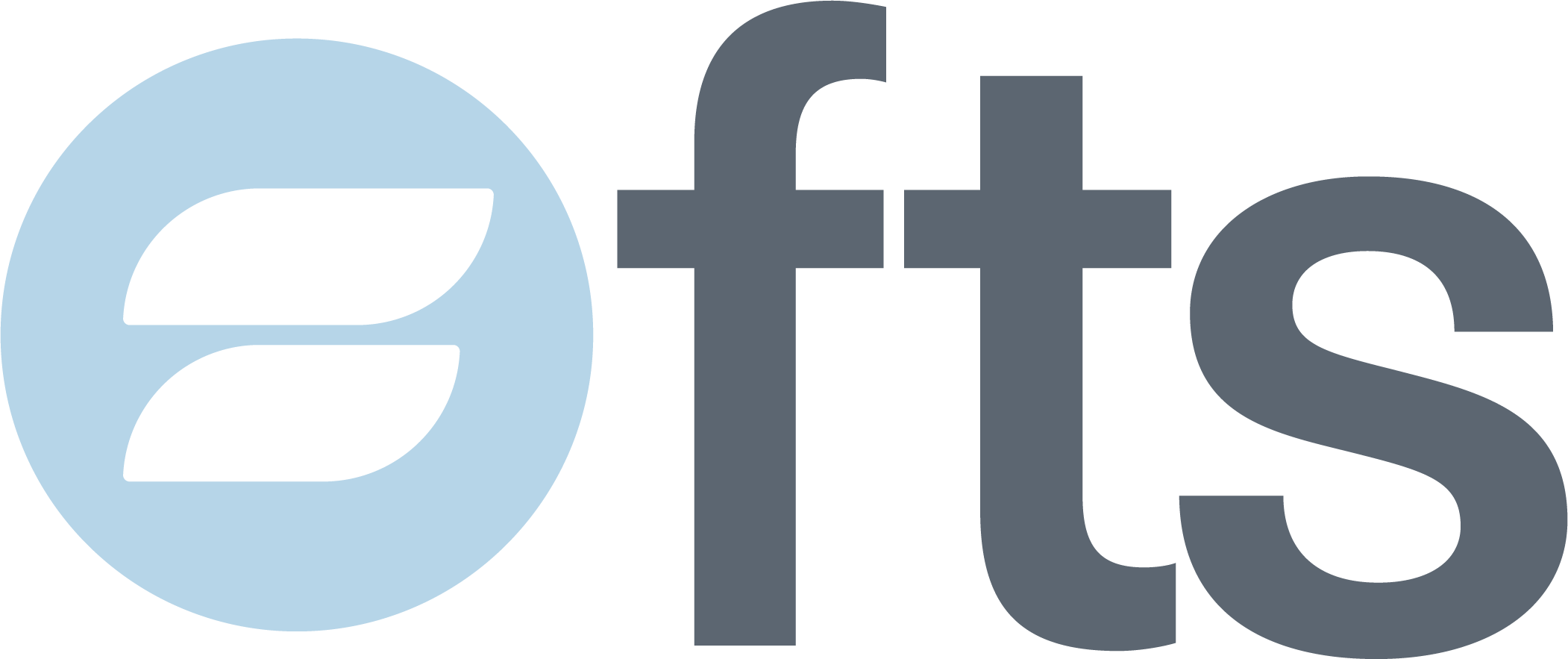Leadership
Sumitomo Forestry Sharpens U.S. Focus With DRB Move
Strategic clarity replaces portfolio sprawl as Sumitomo bets big on U.S. scale and integration.

Ronny Salameh is now one of the most important strategic leaders in U.S. homebuilding, and that’s no accident.
The March 2025 consolidation of Brightland Homes into DRB Group, announced by Sumitomo Forestry America, Inc., reflects more than a realignment of two portfolio companies. It marks a pivotal inflection point for Sumitomo’s deeper and more deliberate evolution from a decentralized investment holder of strong regional builders into a top-tier, vertically integrated U.S. homebuilding, development, and manufacturing force.
In short, Sumitomo is declaring that it's no longer simply an investor in American homebuilding businesses. It is now an American homebuilding enterprise—with one name, one flagship, and increasingly, one voice.
A New Strategic Structure
The consolidation absorbs Dallas-based Brightland Homes into Rockville, MD-based DRB Group, with Salameh—who has overseen the steady, profitable expansion of DRB from a Mid-Atlantic stalwart into a multiregional contender —continuing as CEO. The combined organization, spanning 14 states and 19 operating divisions, expects to deliver 9,000 homes in 2025, making it one of the largest privately held builders in the country.
Atsushi Iwasaki, president of Sumitomo Forestry America, made the rationale clear:
DRB Group led by Ronny Salameh continues to showcase impressive operational execution while growing their market share. We feel confident that the decision to merge the two companies will generate many synergies and exciting new growth for both sides."
Read between the lines and the message is clearer still. Salameh’s performance —marked by efficient integration of multiple acquisitions, including Biscayne Homes in Florida — earned the mandate. The absence of any mention of former Brightland CEO John Winniford speaks volumes. This consolidation isn’t just structural; it’s cultural.
It’s about aligning leadership with ambition.
What makes DRB different is how they scale without losing cultural cohesion,” said Thomas Carpitella, CEO of FTS. “We’ve worked with them for years, and you can feel the consistency—in values, communication, expectations. That kind of culture doesn’t happen by accident. It’s shaped by leadership and reinforced every day.”
Vertical Integration, American-Style
What’s happening here mirrors strategic shifts among Japan-based giants now invested heavily in the U.S. housing economy. Sekisui House’s acquisition of MDC Holdings was a wake-up call. Sumitomo’s answer is its own version of enterprise transformation: rationalizing its homebuilding platforms, deepening synergies, and moving toward true vertical integration across construction, distribution, development, and investment.
Sumitomo’s North American presence spans:

- Homebuilding: DRB Group, Bloomfield Homes, Edge Homes, MainVue Homes, and the recently absorbed Brightland Homes
- Build-to-Rent (BTR): Southern Impression Homes (Jacksonville-based)
- Land Development: Crescent Communities, Mark III Properties
- Supply Chain: Cabinet manufacturing, truss and panel plants
- Investment & Asset Management: SFC Asset Management Co.
Each business has run with relative autonomy. But the DRB-Brightland consolidation signals a strategic pivot: operating more as a unified enterprise. The goal? Reach 23,000 annual home deliveries in the U.S. and join the elite tier of homebuilders.
Momentum Through M&A
Sumitomo’s U.S. growth story is a case study in long-range capital strategy. Since entering the market in the 2000s, Sumitomo has methodically built a portfolio of companies, with each acquisition adding market share, geographic diversity, or new business capabilities:
- Gehan Homes (2014/2016): Foundation of the Brightland brand
- Knight Homes (2020): Southeast expansion via DRB
- Southern Impression (2023): Entry into BTR and Florida
- Biscayne Homes (2024): Expansion into Tampa and upscale for-sale housing
Each move was about assembling the pieces. The DRB-Brightland consolidation begins the next phase: integrating them.
Salameh’s Ascent: A Platform Strategy in Motion
Since stepping into the CEO role in 2021, Salameh has executed with clarity. Under his leadership, DRB has:
- Expanded organically into Florida, North Carolina, and Tennessee
- Acquired regional operators with smart local positioning
- Streamlined operations and grown share without overextending balance sheets
The Brightland absorption brings in scale across Texas, Arizona, Colorado, and Tennessee. The implications are clear: with Salameh’s model and Sumitomo’s balance sheet, DRB becomes a national player.
In a statement following the merger announcement, Salameh notes:
This merger will make way for tremendous opportunities for our combined teams now and our combined company in the future. It reinforces the strength of our relationship with Sumitomo Forestry America, and we will build upon this foundation to drive sustained growth in the years ahead.”
Treeing the Future
Sumitomo’s global roadmap—"Mission TREEING 2030"—puts the U.S. front and center. The plan calls for net sales of $21 billion and 15% ROE by 2027. Its Phase 2 strategy includes:
- Improved earning capacity through structural reform and investment
- Deepened global expansion, especially in the U.S.
- Decarbonization, including use of mass timber and sustainable forest products
- Digital transformation, especially across manufacturing and development
- ESG integration, at every level of business operations
The consolidation of Brightland into DRB is a direct reflection of this plan: a strategic sharpening of operations, capital efficiency, and identity. Instead of five builders reporting separately into Sumitomo, the DRB platform now emerges as the nucleus of Sumitomo's U.S. ambition.
What It Means for the Industry
In a highly fragmented homebuilding industry, Sumitomo’s model stands apart. Most top-tier U.S. builders pursue scale through land-light operations and market expansion, but few invest across the full vertical stack—from forest to framing to finance.
With inflation, supply volatility, and tariff headwinds reshaping cost structures, onshoring and owning more of the value chain is becoming a competitive edge. Sumitomo is building that advantage in real time.
At the same time, Ronny Salameh’s rise shows that Sumitomo is committed to U.S.-based executive leadership. Salameh and his DRB team are being entrusted with not only delivering volume but defining how Sumitomo will compete across the U.S. homebuilding landscape.
This story is not just about consolidation. It’s about what comes next.
As 2025 unfolds, Sumitomo’s move to consolidate its U.S. operations is one of the clearest signals yet that Japanese capital, U.S. operational excellence, and a long-term strategic horizon converge to redraw the competitive map in American housing.
Staffing and recruiting done right. Fast Tracking Solutions specializes in delivering top talent in accounting/finance, construction, and technology operations.
MORE IN Leadership
10 Bold Ideas Tackling Housing Affordability And Access Now
From AI to hempcrete, these 10 ideas show how innovation in design, finance, and policy can open the door to housing affordability.
Homebuilders and Insurance: A New-Reality Cost To Stay Ahead
Exclusive insights from Westwood Insurance Agency’s Alan Umaly and MSI’s Naimish Patel reveal why homebuilders must rethink insurance, resilience, and risk management—or risk losing buyers in an increasingly volatile market.
Build With Purpose: What Homebuilding Must Learn Now
Jamie Dimon’s 2025 letter isn’t about banking — it’s a challenge to business leaders in housing and beyond.


